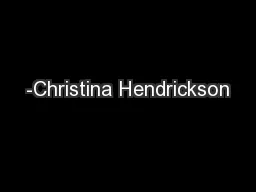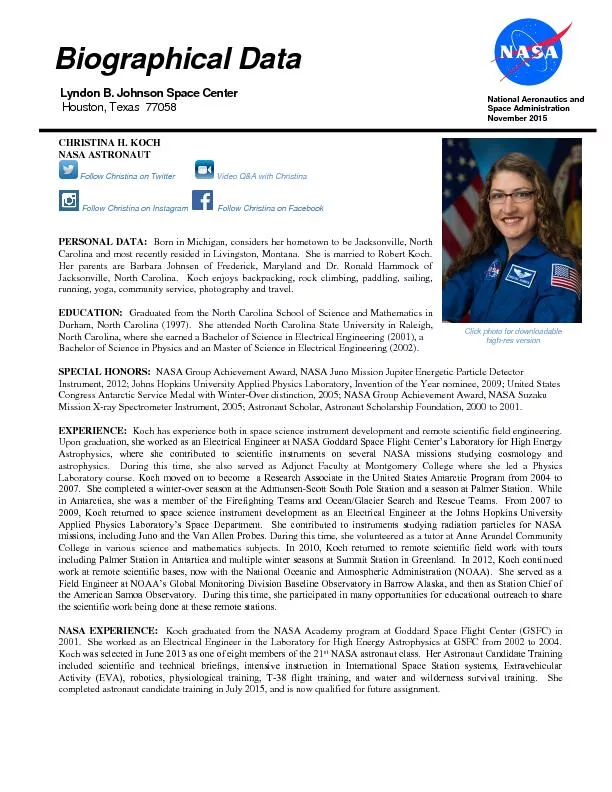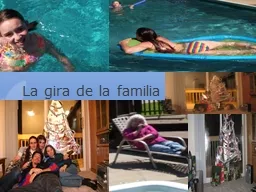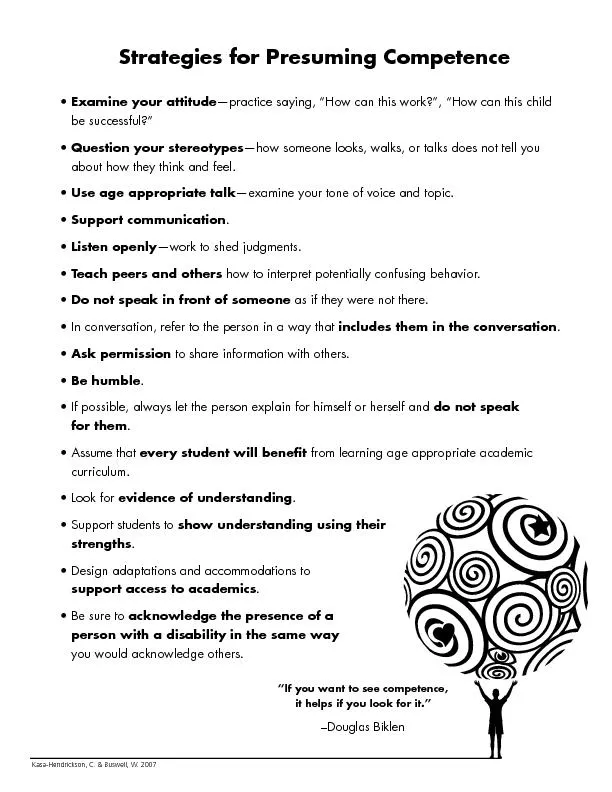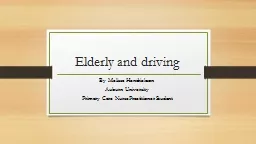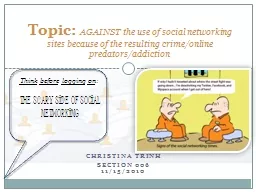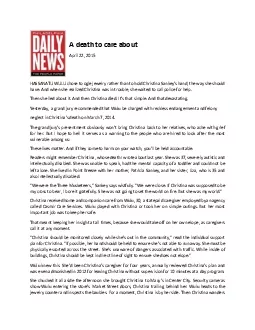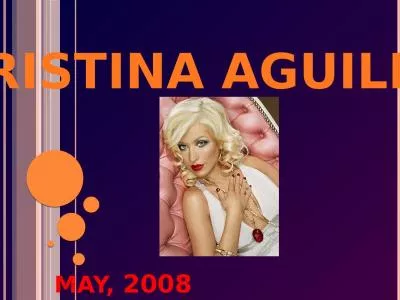PPT--Christina Hendrickson
Author : natalia-silvester | Published Date : 2016-04-26
Power Point For Life Baby Nursery Babys Bed amp Matters Naturepedic Organic Cotton Oval Bassinet Mattress Rating 45 out of 5 stars 5 reviews 5900 Car Seat Graco
Presentation Embed Code
Download Presentation
Download Presentation The PPT/PDF document "-Christina Hendrickson" is the property of its rightful owner. Permission is granted to download and print the materials on this website for personal, non-commercial use only, and to display it on your personal computer provided you do not modify the materials and that you retain all copyright notices contained in the materials. By downloading content from our website, you accept the terms of this agreement.
-Christina Hendrickson: Transcript
Download Rules Of Document
"-Christina Hendrickson"The content belongs to its owner. You may download and print it for personal use, without modification, and keep all copyright notices. By downloading, you agree to these terms.
Related Documents

